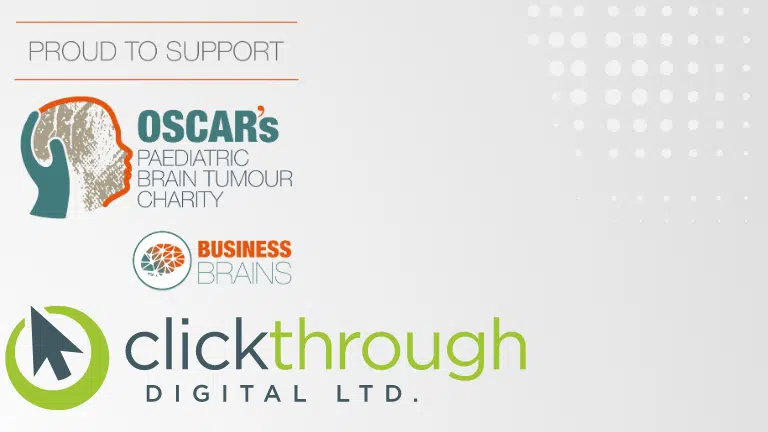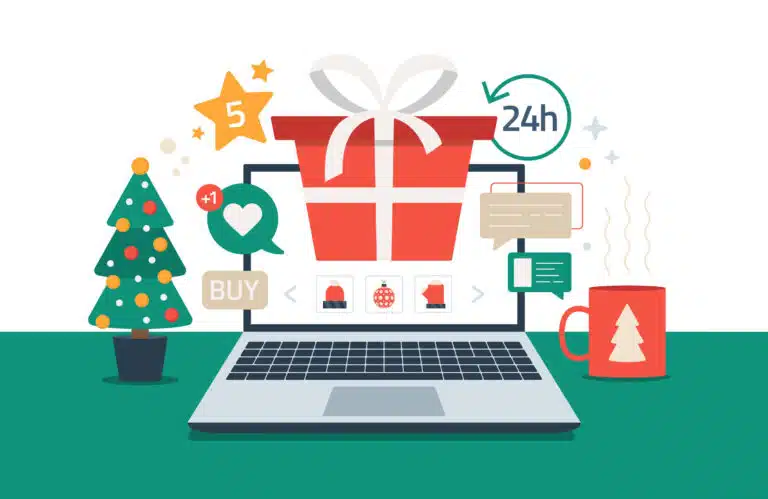For nearly all businesses, having an online presence combined with a solid marketing strategy that can generate and convert leads should be high on the management agenda.
The most successful marketing campaigns will make use of landing pages to improve sales and revenue. Not utilising this simple marketing strategy means you are missing out on all the opportunities traffic to your website can offer.
What is a landing page?
A landing page is a single website page that a user is redirected to when they click on a CTA from an ad, social media link or email. Landing pages are specific pages focused on a single product, service, offer or with a targeted message.
They are often not linked to your website, and they work as a standalone web page.
The goal for a landing page is simple: convert targeted traffic into sales or leads, usually as part of a particular marketing campaign.
What can landing pages be used for?
Landing pages are used to turn your online visitors into leads and sales, however, if you have a comprehensive marketing campaign that covers a lot of different marketing channels, then you need specific landing pages for each of those campaigns to maximise your success rate.
So, what campaigns can landing pages be used for?
- PPC campaigns – this is one of the most common reasons for creating a landing page as paid ads are targeted specifically at an audience that are most likely to want your product or service. When the ad is clicked on, the searcher is redirected to your PPC landing page with the targeted message intended to turn that visit into a conversion.
- Email campaigns – if you want your email subscribers to make a purchase, use an offer or sign up to something such as a webinar, then an email landing page is a great way to push more of your customers down your sales funnel. The CTA in the email links directly to the landing page with the single objective of encouraging your subscribers to take a specific course of action.
- Social media campaigns – having a social ad link to a landing page can be beneficial if you are promoting a single objective. Especially when you consider the social ad will already be specifically targeted at an audience that is more likely to use your products or services.
What is the difference between a homepage and a landing page?
The homepage of your website is exactly that, it is the front for your entire website. This means it will contain information and links to a wide range of your products or services and is a general snapshot of what your business is and what your business does.
A landing page differs from a homepage in several key ways. A landing page only has a specific objective and is tailored to deliver focused content, ensuring your audience doesn’t get distracted or moved away from their user journey. The primary point of a landing page is to capture any leads or drive sales, whereas a homepage contains lots of navigable opportunities and different journeys for your user to take, with multiple CTAs for a variety of different options.
Why are landing pages important for your business?
Landing pages should be used as a tool in any good marketing strategy. They have a higher conversion rate than webpages as they deliver the message you want to a targeted audience. They have excellent ROI as the unique content and specific CTA creates a better sale rate and so improves your revenue.
If you are strategic about using your landing pages and employ them as part of an overarching marketing campaign, they are hugely beneficial to your business.
But how to make them as successful as possible?
What should a landing page include to be most effective?
To make your landing page successful, there are best practices to ensure a favourable outcome.
- Match your headline to your USP – This is especially important as your USP will be the primary purpose of your landing page. This will encourage the user to scroll down the rest of the page.
- Short and effective copy – When it comes to landing page copy, less is more. Short but informative copy will work better at encouraging a user to fill in a lead form or generate a sale than if they have to read through several long paragraphs of text. Emphasise your product or offer and make sure your content points the user to the action that you want them to take.
- Visuals – Imagery and videos not only look good from a design perspective, but media rich landing pages also encourage a visitor to engage with your call to action. Make sure the visuals support your USP.
- Lead forms – This should sit above the fold if possible, so a user doesn’t have to scroll down to the bottom of your landing page. Make sure the form includes the information you really need; more complicated lead forms are likely to put off a user from inputting their details.
- Call to action – CTAs are vital on a landing page as this is the button you want your user to click on. Make sure the button itself stands out from the rest of the page, make it clear and concise as to what the CTA does.
- Testimonials – Add a “trust” factor to your landing page to help build the relationship between you and the user, this will also help reassure the user that you are a reputable business and persuade them to click on the CTA.
If you are looking to create a landing page as part of your marketing campaign, then here at Click Through Digital we offer creative design, development and copywriting services that make creating a landing page simple and easy.
We have years of experience producing successful websites that convert your traffic into leads or sales, so let us do the hard work for you and get in touch with us today.


